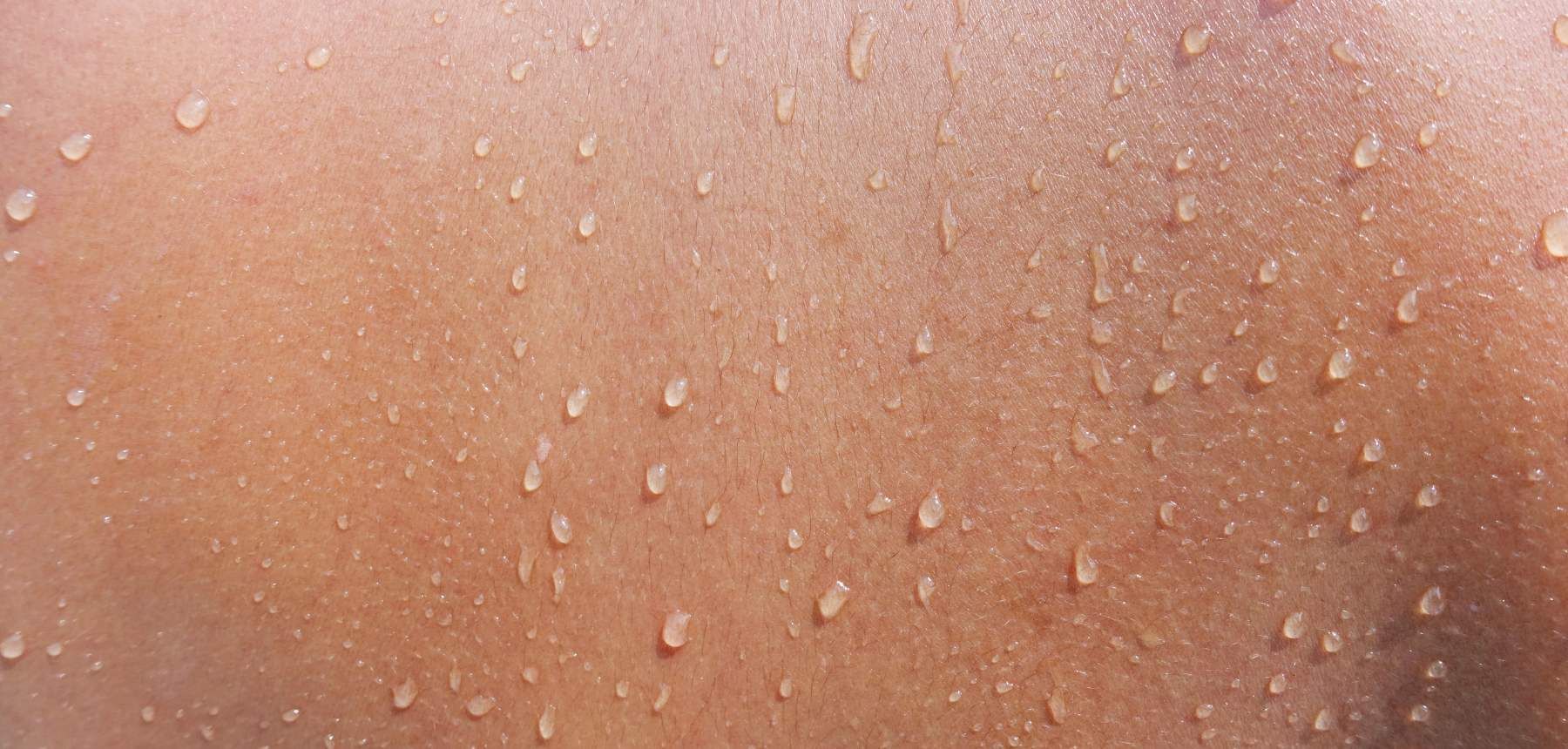
Laser Treatments
Plataform Fotona SP Dynamis laser Nd Yag and Erbio (Blinic)
Long-Pulse Nd:YAG Laser (Vascular Lesions)
It is used in the treatment of both superficial and deeper vascular lesions, as the wavelength of this laser is absorbed by the hemoglobin found inside blood vessels and has deeper skin penetration.
The most commonly treated lesions include telangiectasias (dilated blood vessels) and angiomas (blood spots).
Typically, favorable results are achieved in a small number of sessions, but variability can occur depending on the type and number of vessels being treated.
Laser Nd Yag QS
(Rosacea)
Rosacea is a common condition with various types of manifestations that may coexist or appear at different times, and there may also be fluctuations between these manifestations. The most frequent ones include: episodic or persistent facial redness, vascular dilation (telangiectasias), inflammatory lesions (small "pimples"), a sensation of heat and itching, and sometimes ocular involvement.
The treatment of rosacea is long-term and includes various medical treatments (topical and oral medications), advice on appropriate cosmetics, and laser treatments. The latter plays a key role in reducing redness and vascular dilations, and it may also be an adjunct treatment for inflammatory lesions.
Resurfacing laser de Erbio
(Energy-based Rejuvenation and Acne Scarring)
The Erbium laser can be used for rejuvenation purposes, improving skin texture, acne scar treatment, and skin imperfections. The treatment is highly individualized depending on the parameters used. It can be applied in a non-fractional mode, where the entire surface the laser beam impacts is treated, or in a fractional mode, where only part of the surface is treated, leaving untreated areas that serve as a reservoir for faster skin regeneration.
The SP Dynamis platform also offers a wide range of pulse durations for the Erbium laser, allowing for individualized ablative (tissue removal) and thermal (remodeling and new collagen induction) effects.
Several sessions are performed, and after the treatment, redness, peeling, and small scabs occur. Therefore, this treatment should be performed outside the summer months.
Erbium Ablative
The Erbium laser can be used for the removal of benign and superficial lesions.
Fotona 4D
The Fotona 4D treatment is a global facial rejuvenation procedure at different levels that provides firmer skin, structural and surface improvement, with smoother, more uniform, and homogeneous texture. This treatment unfolds in four steps.
The initial step (SmoothLiftin) is performed inside the oral cavity, applying an Erbium beam in non-ablative mode on the mucosa of the mouth's walls, as well as the inner lips and nasolabial folds. The laser causes heating, resulting in collagen fiber contraction and new collagen synthesis.
In the second step, pulses of the Nd Yag laser are deposited, initially in certain vectors that provide a lifting effect, and then across the entire face. The Nd Yag laser is used in Frac3 mode with short pulses that have a three-dimensional effect on the entire skin thickness, improving subcutaneous imperfections.
In the next step, the Nd Yag laser is applied to the entire face and neck in Piano mode, which has long pulse durations and causes heating. The purpose here is to increase skin firmness and consequently reduce sagging.
Finally, in the fourth step, the Erbium laser is used for a superficial peel, resulting in smoother and more radiant skin.
Several sessions are performed with gradual improvement, although some beneficial effects may be visible more quickly. After the treatment, due to the superficial Erbium peel, there may be some crusting and peeling, but recovery is generally quick. It is recommended to avoid sun exposure and apply specific regenerative creams.
TightScultping
In this treatment, two steps are performed with the goal of reducing fat and sagging. In the first step, the deeply penetrating Nd Yag laser is used in Piano mode, and depending on the parameters, it aims to treat fat accumulation and sagging, producing a tightening effect. In the second step, the Erbium laser is used in Smooth mode, which causes a superficial stretching of the skin. This laser produces controlled heating, resulting in remodeling and new collagen production, increasing skin elasticity and firmness.
SmoothEye
The SmoothEye treatment uses the Erbium laser in Smooth mode, a non-ablative mode that causes controlled heating of the periorbital skin. This heating induces collagen formation, reducing periorbital wrinkles, providing a tightening effect, and improving skin elasticity. Several sessions are performed, but recovery is quick.
LipLase
The Liplase treatment allows for increased volume and projection of the lips without the use of needles or injectables.
HAIRestart
Text: This treatment uses the Erbium laser in Smooth mode. A series of non-ablative pulses are delivered, causing controlled heating of the scalp skin, which activates cellular pathways that stimulate regenerative skin processes and hair growth.
To enhance and optimize the results, the laser is a therapeutic tool used alongside medical treatments for alopecia, other treatments like PRP, or even in the case of hair transplants.
Photodepilation
Photodepilation involves the use of light sources (Laser and Intense Pulsed Light) to progressively and permanently remove hair.
For the procedure to be safely performed, a prior medical evaluation is required. This evaluation assesses the type of hair to be treated, the phototype (skin color), and excludes contraindications such as diseases or photosensitizing medications that increase the risk of burns. Hormonal disorders that may be underlying the excess hair (with analytical evaluation if necessary) are also excluded, among other factors.
The results achieved vary depending on individual factors such as medical history (including the coexistence of hormonal changes), the area to be treated, the quantity and type of hair (color and thickness), the patient's age, and their individual response to treatment.
Typically, the response is faster if the hair is dark, the skin is light, and the area to be treated is not hormonally dependent.
The number of sessions required varies, and as the treatment progresses and hair growth decreases, the intervals between sessions also increase.
Photodepilation is performed under medical supervision, with an initial medical evaluation and adjustment of parameters throughout the treatment.

